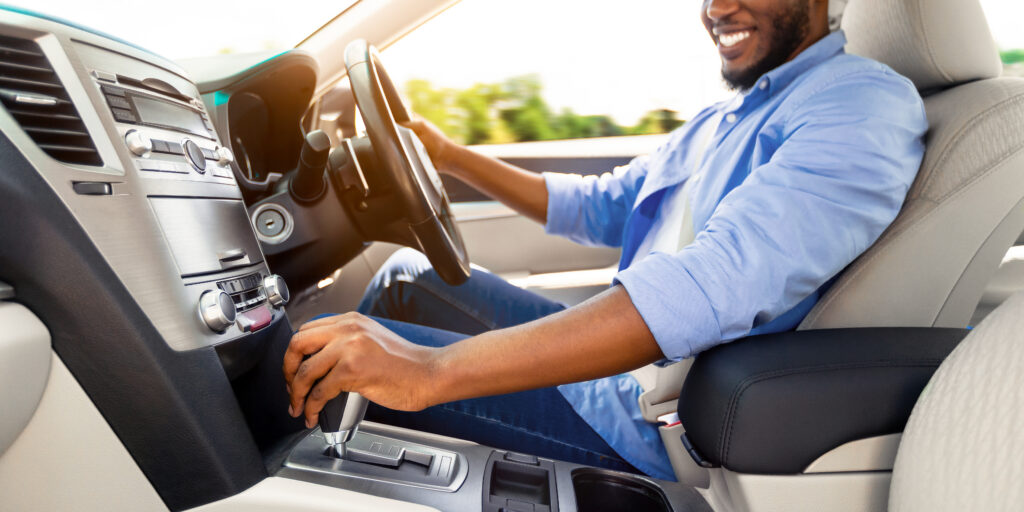
Myth: Driving a red car automatically raises your insurance premiums.
Fact: Insurance companies don’t charge more based on your car’s color. Instead, rates are influenced by factors like the car’s make, model, age, and your driving history—not the paint job.
Myth: Credit scores have no impact on auto insurance premiums.
Fact: In many states, insurers use credit-based insurance scores to assess risk. A higher score could lead to lower rates, though some states (like California and Hawaii) don’t allow this practice.
Myth: Insuring a new car is always more expensive than an older one.
Fact: While new cars can have higher repair costs, they also come with advanced safety features that might qualify for discounts, potentially lowering premiums.
Myth: Smaller vehicles automatically cost less to insure.
Fact: Compact cars may cost more to insure due to higher rates of damage in accidents. SUVs or sedans with good safety ratings could have lower premiums.
Myth: Loaning your car doesn’t impact your insurance if there’s an accident.
Fact: If the driver isn’t listed on your policy, your coverage may still apply, but claims could impact your premiums. Be cautious about whom you lend your car to.
Myth: Auto insurance covers all costs after an accident.
Fact: Insurance policies have limits, deductibles, and exclusions. For instance, liability insurance won’t cover your own vehicle’s damage, and uninsured/underinsured motorist coverage is needed if the at-fault driver lacks sufficient insurance.
Myth: If someone else drives your car, their insurance covers any damages.
Fact: While auto insurance primarily follows the car, it can also involve the driver in certain situations.
In most cases, if you lend your car to someone and they cause an accident, your insurance policy is the primary coverage for property damage and bodily injury liability. However, if the damages exceed your policy limits, the driver’s personal liability coverage may come into play as secondary coverage.
Certain coverages, like Personal Injury Protection (PIP) or medical payments coverage, are tied to the driver and their policy, not the vehicle. This means if the driver is injured, their PIP coverage could apply even if they’re driving someone else’s car.
It’s important to understand the terms of your policy and the insurance carried by anyone driving your car to avoid surprises after an accident.